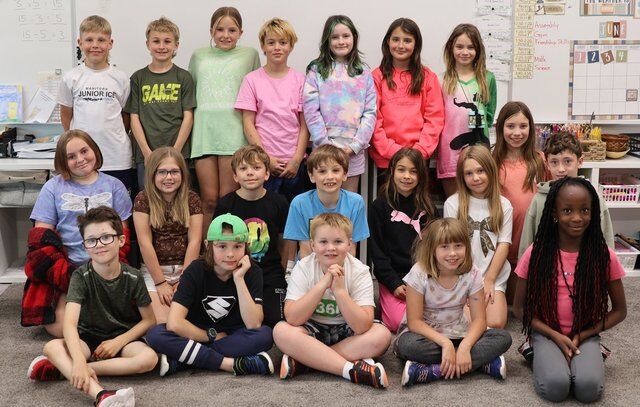
Introduction
The Split the Pot Lottery has gained significant popularity across Canada as a novel fundraising method for nonprofits and community organizations. The concept is straightforward: participants purchase tickets, and a portion of the ticket sales goes to a designated charity while the rest is awarded as a jackpot to one lucky winner. This dual-benefit approach not only increases community engagement but significantly boosts funds for charitable causes, making it an attractive option for many groups in need of financial support.
The Mechanics of Split the Pot Lottery
In a typical Split the Pot Lottery, tickets are sold leading up to a drawing date. The total number of tickets sold dictates the size of the prize pool. For instance, if tickets are sold at $10 each and 1,000 tickets are sold, the total prize pool would amount to $10,000. Upon the drawing, 50% of this total is split, leaving $5,000 to the winner and the remaining $5,000 allocated to the nonprofit organization.
This structure not only incentivizes participation—due to the allure of a significant potential payout—but it also ensures that participants feel good about contributing to a worthy cause. Many organizations have reported a substantial increase in both ticket sales and community involvement since adopting this lottery model.
Recent Developments and Success Stories
In recent events, various community organizations have embraced the Split the Pot Lottery concept, leading to remarkable success. For example, a local hockey team in Ontario raised over $20,000 for new equipment and facilities through their first Split the Pot Lottery. Another instance involved a school fundraising event that attracted considerable community participation, ultimately funding essential programs and educational resources.
The appeal of the Split the Pot Lottery extends beyond just the financial aspect. It creates a sense of community – participants often share their excitement on social media, encouraging others to take part, thus continuing the cycle of support and engagement. Furthermore, as the weather turns colder and holiday seasons approach, many charities are gearing up for such lottery events to maximize their fundraising opportunities.
Conclusion and Future Prospects
The Split the Pot Lottery is proving to be a boon for many community organizations across Canada, making fundraising effective and engaging. As more nonprofits discover its potential, we can expect to see a rise in such initiatives. The future looks bright for this lottery model as it not only aids organizations financially but also fosters a spirit of community and cooperation.
For readers considering ways to contribute to local charities or participate in community events, exploring Split the Pot opportunities could be both enjoyable and impactful.






